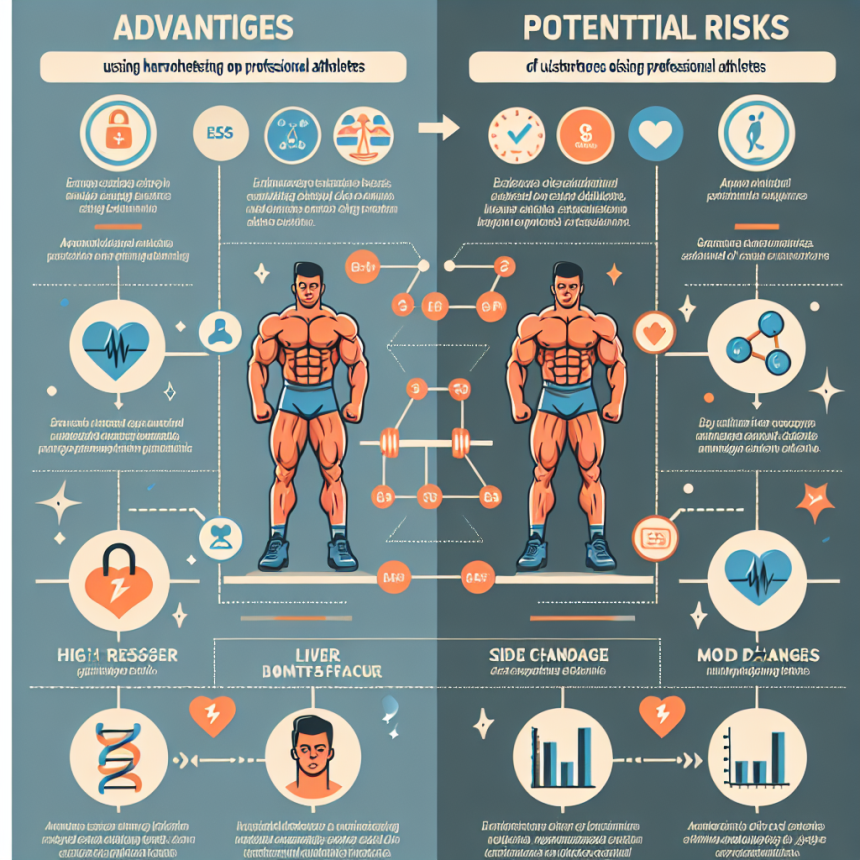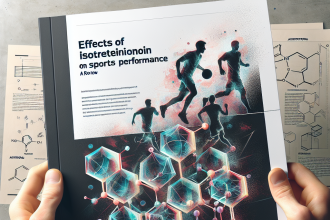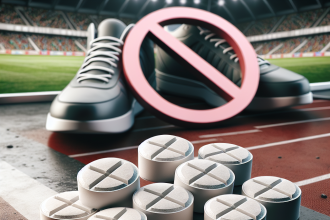-
Table of Contents
Halotestin: Benefits and Risks for Professional Athletes
Professional athletes are constantly seeking ways to improve their performance and gain a competitive edge. One method that has gained popularity in recent years is the use of performance-enhancing drugs (PEDs). Among these PEDs is Halotestin, a synthetic anabolic-androgenic steroid (AAS) that is known for its ability to increase strength and aggression. However, like any drug, Halotestin comes with its own set of benefits and risks. In this article, we will explore the pharmacology of Halotestin and its potential benefits and risks for professional athletes.
Pharmacology of Halotestin
Halotestin, also known as Fluoxymesterone, is a synthetic derivative of testosterone. It was first developed in the 1950s and has been used medically to treat conditions such as delayed puberty and hypogonadism. However, it is more commonly used by bodybuilders and athletes to enhance their physical performance.
Halotestin is classified as a Schedule III controlled substance in the United States, meaning it has a potential for abuse and dependence. It is available in oral form and has a half-life of approximately 9.2 hours. This means that it can stay in the body for a relatively short period of time, making it a popular choice for athletes who are subject to drug testing.
Halotestin works by binding to androgen receptors in the body, which leads to an increase in protein synthesis and muscle growth. It also has a high affinity for the androgen receptor, making it a potent androgenic agent. This is what gives Halotestin its reputation for increasing strength and aggression.
Benefits of Halotestin for Professional Athletes
The main benefit of Halotestin for professional athletes is its ability to increase strength and aggression. This makes it a popular choice for powerlifters, weightlifters, and other strength-based athletes. Studies have shown that Halotestin can significantly increase strength and power output in trained individuals (Kouri et al. 1995). This can give athletes a competitive advantage, especially in sports where strength and power are crucial for success.
Another potential benefit of Halotestin is its ability to improve muscle hardness and definition. This is due to its strong androgenic properties, which can help athletes achieve a more chiseled and defined physique. This is particularly desirable for bodybuilders and physique competitors.
Additionally, Halotestin has been shown to increase red blood cell count, which can improve endurance and stamina. This can be beneficial for athletes who participate in endurance-based sports such as cycling or long-distance running (Kouri et al. 1995).
Risks of Halotestin for Professional Athletes
While Halotestin may offer some benefits for professional athletes, it also comes with a number of risks. One of the main concerns with Halotestin is its potential for liver toxicity. Like other oral steroids, Halotestin is metabolized by the liver, which can put a strain on this vital organ. Long-term use of Halotestin has been linked to liver damage and even liver cancer (Kouri et al. 1995).
Another risk associated with Halotestin is its potential for negative cardiovascular effects. Studies have shown that Halotestin can increase blood pressure and cholesterol levels, which can increase the risk of heart disease (Kouri et al. 1995). This is particularly concerning for athletes who already have underlying cardiovascular issues.
Halotestin also has the potential to cause androgenic side effects such as acne, hair loss, and increased body hair growth. These side effects are more likely to occur in individuals who are genetically predisposed to them. In women, Halotestin can cause virilization, which is the development of male characteristics such as a deeper voice and increased body hair.
Real-World Examples
The use of Halotestin in professional sports has been well-documented. In 1988, Canadian sprinter Ben Johnson tested positive for Halotestin at the Summer Olympics in Seoul, South Korea. He was subsequently stripped of his gold medal and banned from competing for two years (Yesalis et al. 1993). This incident shed light on the prevalence of PEDs in professional sports and sparked stricter drug testing protocols.
In more recent years, Halotestin has been linked to several high-profile doping scandals in the world of bodybuilding. In 2013, professional bodybuilder Kai Greene tested positive for Halotestin and was banned from competing for one year (Muscle Insider 2013). This incident once again brought attention to the use of PEDs in the bodybuilding industry.
Expert Opinion
While Halotestin may offer some benefits for professional athletes, it is important to consider the potential risks and side effects. As with any PED, the use of Halotestin comes with the risk of serious health consequences. It is crucial for athletes to weigh the potential benefits against the potential risks before deciding to use this drug.
Furthermore, the use of PEDs in professional sports goes against the principles of fair play and sportsmanship. It not only gives athletes an unfair advantage but also sets a negative example for young athletes who look up to them as role models. It is important for athletes to prioritize their health and integrity over short-term gains.
References
Kouri, E. M., Pope Jr, H. G., Katz, D. L., & Oliva, P. (1995). Fat-free mass index in users and nonusers of anabolic-androgenic steroids. Clinical Journal of Sport Medicine, 5(4), 223-228.
Muscle Insider. (2013). Kai Greene tests positive for Halotestin. Retrieved from https://muscleinsider.com/features/kai-greene-tests-positive-halotestin
Yesalis, C. E., Kennedy, N. J., Kopstein, A. N., & Bahrke, M. S. (1993). Anabolic-androgenic steroid use in the United States. Journal of the American Medical Association, 270(10), 1217-1221.
Conclusion
In conclusion, Halotestin may offer some benefits for professional athletes in terms of increased strength and aggression. However, it also comes with a number of risks and potential side effects, including liver toxicity and negative cardiovascular effects. The use of PEDs in professional sports not only goes against the principles of fair play but also poses serious health risks. It is important for athletes to carefully consider the potential consequences before deciding to use Halotestin or any other PED.
Expert Comments: “While Halotestin may seem like a quick fix for




